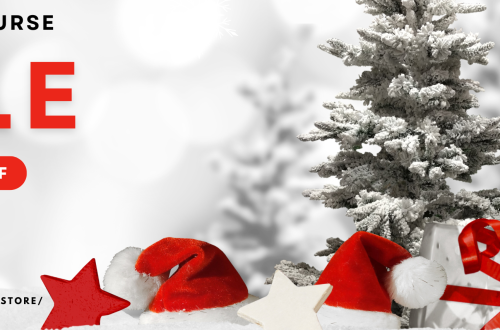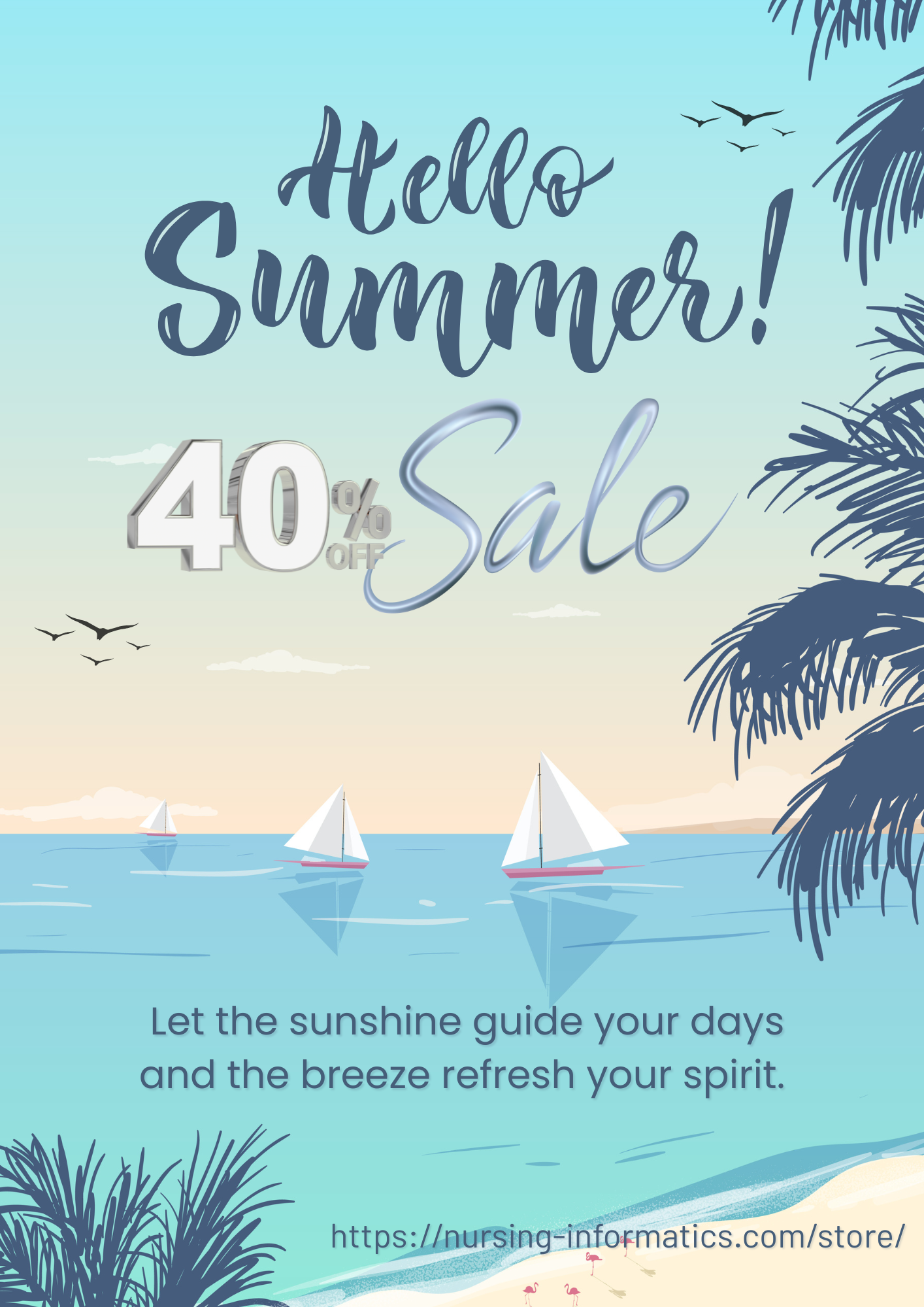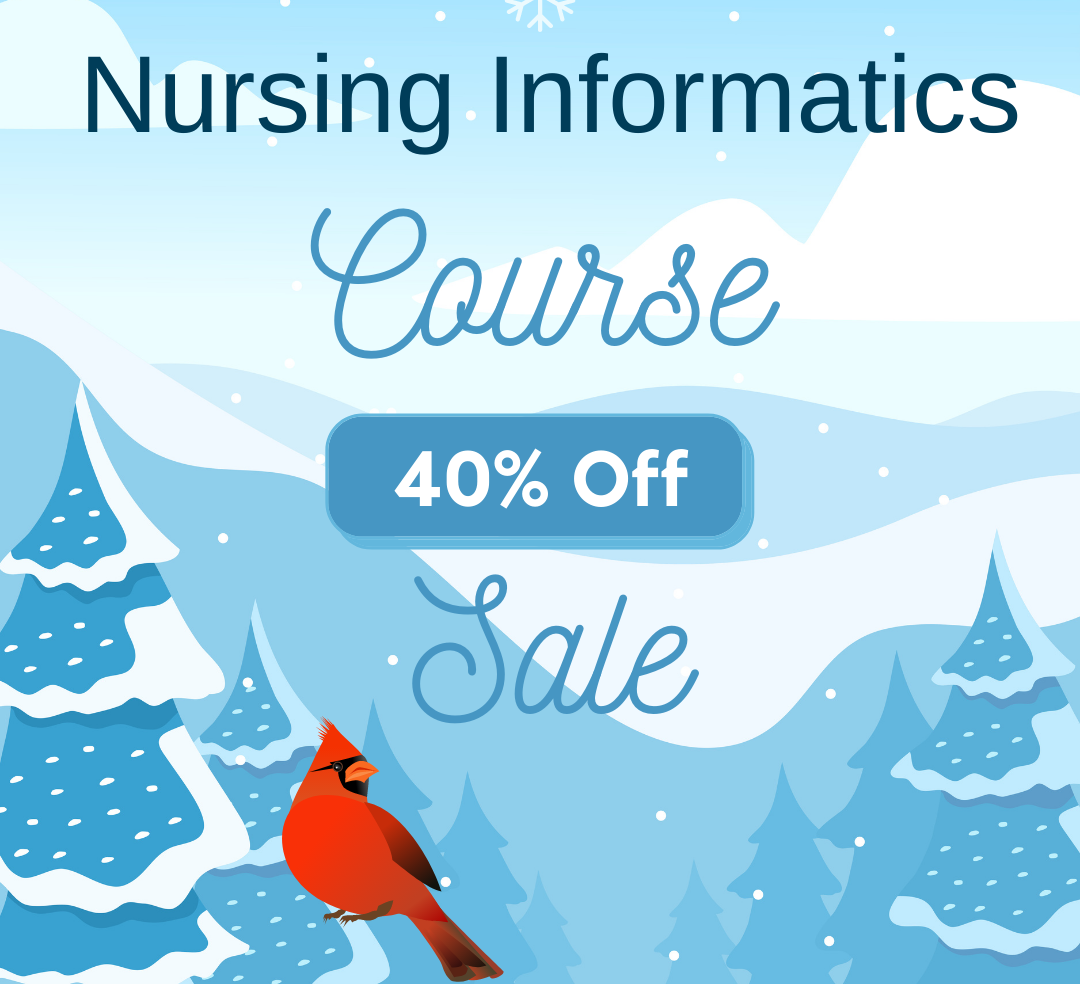by June Kaminski, RN MSN PhD(c)
 Although there are a multitude of social media software available, Pinterest has been slowly climbing to the top of the heap since late 2009 when first launched by founder Ben Silbermann, Paul Sciarra and Evan Sharp. With 200 million users, Pinterest ranks 19th for sheer popularity, but achieves eighth place worldwide for general purpose social networks (Mehra, 2017). Although it boasts only 200 million or so users, Pinterest currently has over one billion boards and 50 billion pins.
Although there are a multitude of social media software available, Pinterest has been slowly climbing to the top of the heap since late 2009 when first launched by founder Ben Silbermann, Paul Sciarra and Evan Sharp. With 200 million users, Pinterest ranks 19th for sheer popularity, but achieves eighth place worldwide for general purpose social networks (Mehra, 2017). Although it boasts only 200 million or so users, Pinterest currently has over one billion boards and 50 billion pins.
Even though Pinterest is categorized as social media, it is not a social network, per se. Rather, it is like a easy to access bulletin board where people can post pins. A pin consists of an image, a description of the image, and the link to the website where the image originated. Since the image is the dominant content that viewers see, Pinterest is quite visually appealing. The best pins have an eye-catching graphic image, robust description that provides valuable information about the image, which both lead to a reputable, accessible, and resource-rich website page.
Currently, the majority of Pinterest users (who tend to be female and under 40) use the software to collect images and links to items they may wish to purchase in the future. However, the software is also used by professionals, academics, students, and others to create wonderful curated collections of resources related to a common topic. This is one of the reasons why there are over one billion boards set up by 200 million users! Pinterest allows you to create limitless boards on any topic you wish to explore, and it manages all of your boards in one collection under your user name. Boards can be public (so the world can see your growing collection) or private (which you can share with only the people you want to see it).
Over time, you can amalgamate rich collections of websites, videos, images, and other online tools related to your selected topic. For instance, one of my Pinterest boards is devoted to Nursing Informatics which currently has 686 Pins and is open to the public (thus attracts interested followers). I personally find this resource invaluable, since I can go to my Nursing Informatics board and access all 600+ of those resources at my leisure. Plus it is pleasant to scan through it since I can view images and not just read text to find the one I wish to click through on. You can also divide boards with lots of Pins on them into more manageable sections that sport subheadings. It is this capacity that makes Pinterest the best curation tool available on the web!

Nursing organizations and nurses are becoming quite visible on Pinterest as well. Organizations such as the American Nurses Association, CAMH Foundation (Centre for Addiction and Mental Health, and the CNHE: Canadian Nurses for Health & the Environment use Pinterest effectively to share relevant resources with nurses.
Other nursing related Pinterest accounts include iStudentNurse, the Frugal Nurse, and The Nerdy Nurse which are all nurse-related boards created by individuals who focus on specific aspects of the professional aspects or lifestyles of nurses.
Pinterest can also be used well in nursing education including continuing education. According to BBC Active, “Pinterest can also be a great tool for use in education. It is great for organising vast quantities of information and brainstorming ideas. The visual nature of Pinterest makes it particularly suited to engaging learners. You can use it to:
- Compile content, including educational video
- Organise and store ideas
- Connect and comment on students’ work
- Make connections with other teachers and get ideas for future projects
- Create group projects: community boards can be perfect for collaborative projects” (2010, p.1).
No matter how you approach Pinterest, it is a tool that can help you to create wonderful relevant web collections that not only provide you with credible easy-to-access resources, but can serve other people as well. You can start today – just visit https://www.pinterest.ca (if Canadian), sign up, create a board or 2 or 3 or….and start Pinning!
References
BBC Active. (2010). Using Pinterest for Education. http://www.bbcactive.com/BBCActiveIdeasandResources/UsingPinterestforEducation.aspx
Mehra, G. (2017). 105 Leading Social Networks Worldwide. Practical Ecommerce. September 27. https://www.practicalecommerce.com/105-leading-social-networks-worldwide
SOURCE: Kaminski, J. (2018). Pinterest – A Positively Perfect Web Curation Tool!. Canadian Journal of Nursing Informatics, 13(1). http://cjni.net/journal/?p=5351


